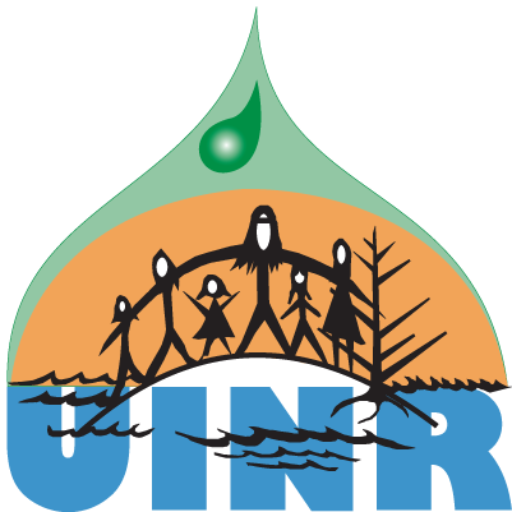Recently, UINR handed out over 300 mekwe’k kawatkw (red spruce) seedlings to students at the annual Kids in the Forest event in Whycocomagh. Blair Bernard and Clifford Paul met with students at the Provincial Park and talked to them about a wide range of natural resource issues important to Unama’ki Mi’kmaq.
Red spruce (Picea rubens Sarg.), a native tree of Nova Scotia, is one of the most important in our forests and is designated our Provincial Tree.
Its seeds are an important source of food for small birds and mammals and, in winter, larger mammals eat the branches. The Mi’kmaq people used red spruce for medicine, crafts and fibre. As an added bonus, it was used to make spruce beer and the sap can be chewed as spruce gum. It is often used as a Christmas tree. Commercially, red spruce is used in paper making and is sometimes used in making high-end acoustic guitars. It is also used as lumber and in plywood.
Red spruce grows from eastern Quebec to Nova Scotia, and from New England to western North Carolina. Growing from 18-30 m high, red spruce has a trunk about 60 cm in diameter, but some have been known to grow to 46 m tall and 130 cm diameter! It grows slowly, living up to 350 years, and tolerates shade when young. It is often found in pure stands or mixed forests. It likes moist, well-drained, sandy soil and grows well at high altitudes.
Spruce budworm and acid rain are having a negative effect on the health of the red spruce. It can also be susceptible to damage by the eastern spruce beetle, European spruce sawfly, and yellow-headed spruce sawfly.
Once planted and given time, those trees distributed to the students will soon grow into Christmas trees!
blair@uinr.ca
clifford @uinr.ca
The Mi’kmaq are part of the earth, therefore we belong here as do the trees, plants and animals.
Mi’kmaq Chief to Joseph Howe
